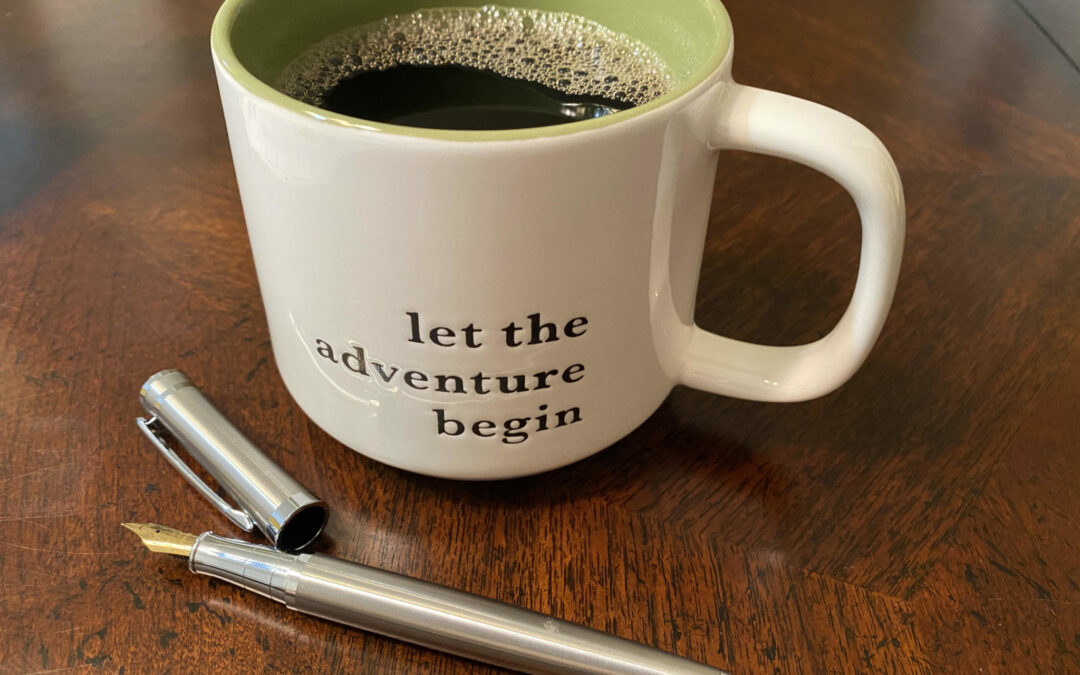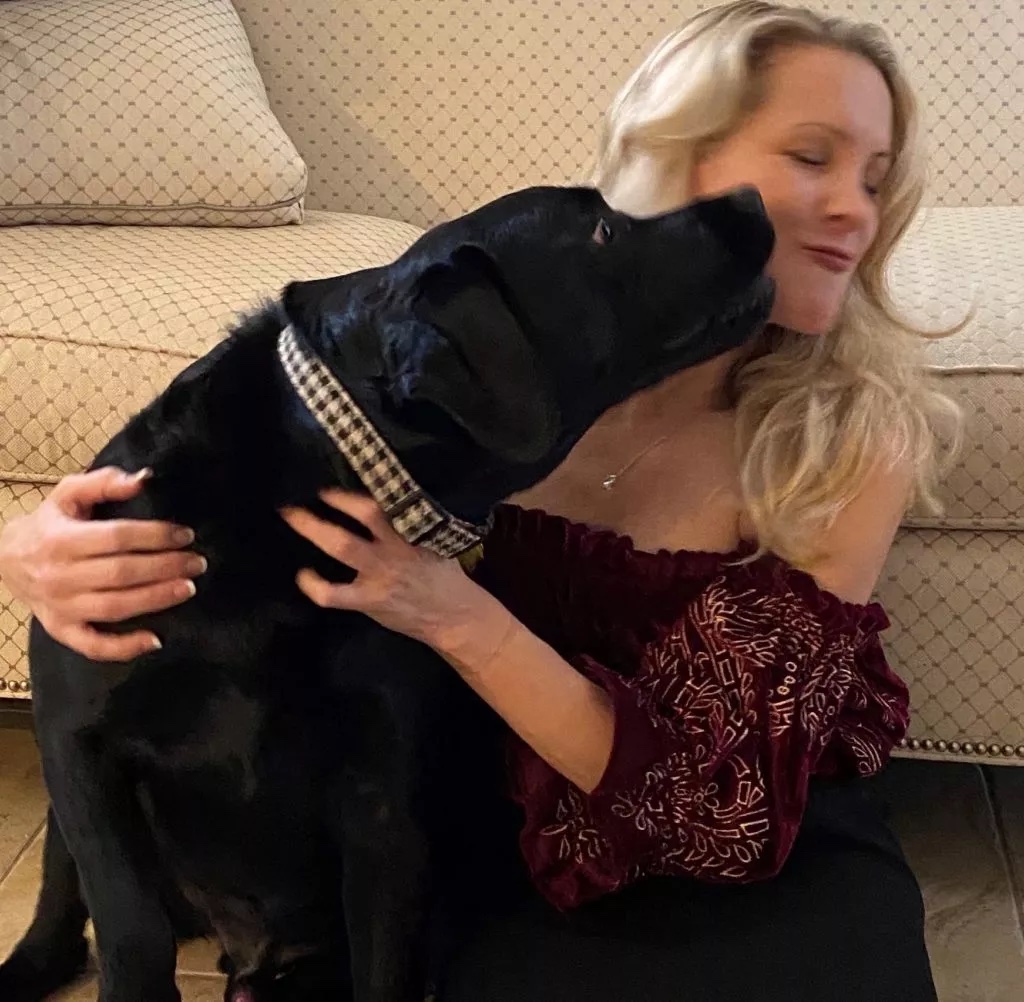Unlock the Alternate Ending to Your Life
Your life’s alternate ending awaits.
The future you imagine is achievable
…and it doesn’t require a risky leap of faith.

Latest

About KindEdge
KindEdge is a Do-able Path Forward for Your Dreams If you have a thing trapped in your head—a more purposeful way of using your...

About Mary
Run tests. Ask "what works?" Do that and... Run more tests... I grew up in Chicago and have lived in the Silicon Valley,...

Naked Yoga and All the Things
You work just fine. When your brain gets fried by noon and you lose your focused mojo at work, you are fine. When you fail to...

Welcome to The Pain Cave
Your Long Lost Intuition Awaits Deep Within... The Pain Cave Welcome to: The Pain Cave Ultramarathon champion Courtney Dauwalter...

C is for Change. D is for Disappoint.
DRAFT To help me continue to produce these guides, please sign-up for...
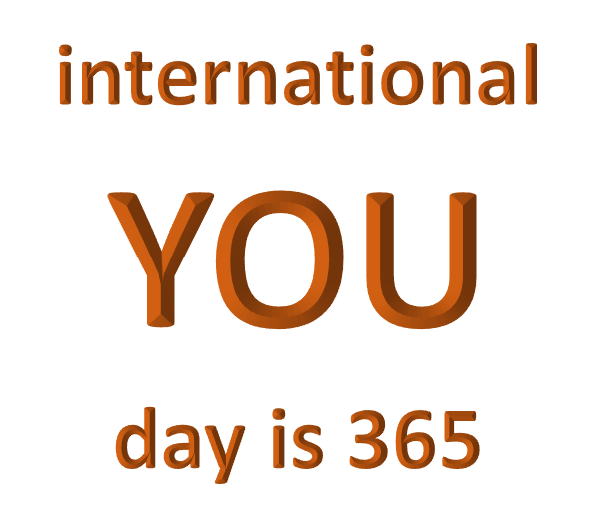
Exciting Announcement Re: Global Calendar Change: Read Below!
FOR IMMEDIATE RELEASE: INTERNATIONAL WOMEN'S DAY RESCHEDULED FOR MARCH 9 - MAR...

Infinite Self-kaizen
DRAFT To help me continue to produce these guides, please sign-up for the...

Build Your Board of Directors
DRAFT To help me continue to produce these guides, please sign-up for the mailing list, share this with others, and donate to buy me an hour or a day to build the next bit. KindEdge.com is a collection of bite-sized action steps that help people make...

Change is a Muscle
DRAFT To help me continue to produce these guides, please sign-up for the mailing list, share this with others, and donate to buy me an hour or a day to build the next bit. KindEdge.com is a collection of bite-sized action steps that help people make...

Daily Arc
DRAFT To help me continue to produce these guides, please sign-up for the mailing list, share this with others, and donate to buy me an hour or a day to build the next bit. KindEdge.com is a collection of bite-sized action steps that help people make...
Defining your Direction
KE 360 Foundation for Change
Structuring Change
Don’t work on feeling better where you are.
Work on making uncomfortable but transformative change in bite-sized steps that fit into the gaps of your REAL life.
Avoid a risky leap by following a safe, guided path to achieve your goals.
Make visible progress, even when there seems to be no time.
Move to the life you’ve imagined, with flexibility to change direction as you experiment and learn.
The KindEdge Process
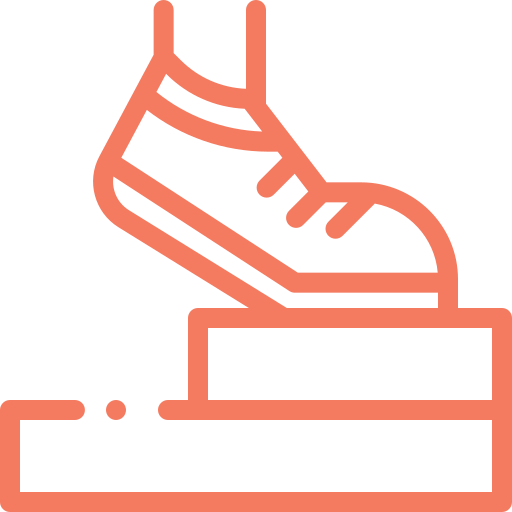
A path forward in small steps
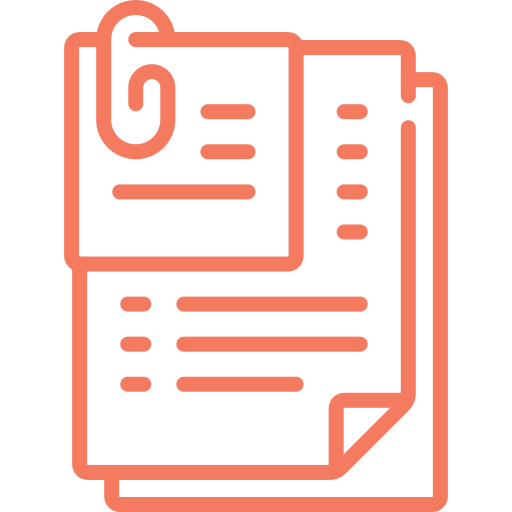
Guided worksheets
You will gain momentum as you see visible progress.
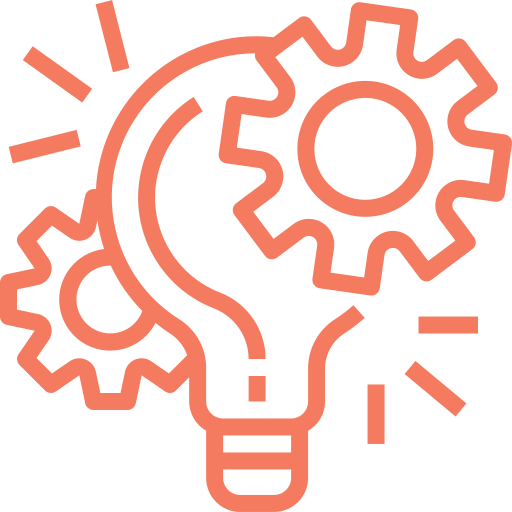
Core concepts and practices
You can see yourself working on the thing that really matters to you, in a rhythm defined by you.
You have a dream, but you are not going to disappoint your family, or fail your employer or your community.
Your life, it seems, has already been promised away.
But when you try to insert that inspiration into real life, real life’s chaos hijacks even the best-laid plans.
“After two decades running in circles, I finally began to treat myself as my own change management client.”
I had read every inspiring guru book.
I needed real life actions that I could pile-drive through any chaotic day.
I realized the steps I applied to myself were a repeatable process anyone could use.
— Mary Sue
KindEdge is painless progress.
You need a way to move the progress peg forward every day, even when there seems to be no time.
I had detailed excel spreadsheets squeezing my dreams to tiny time blocks on Sunday nights. But even then, those hours would get hijacked; I’d end up in an emergency room with my child after a soccer tournament weekend left him injured.
After many re-starts, I refused to remain a victim to life’s chaos. If I could build a simply structure to make just one decision and one action in a few minutes amidst the chaos, I was making progress in real life, rather than remaining a victim. If the worksheets I created for myself could guide me to just one decision and one action, I could get the next meeting with my banker on my calendar, and suddenly the progress peg moved forward in real life.
I finally achieved real progress by treating myself as my own client, breaking massive change into bite-sized guided decisions and actions.
ACTION: Get past the inertia of inspiring self-help books. And silence any self-care that is training you to endure the frozen bad. GET TO THE GOOD. Today.
KindEdge is a series of bite-sized actionable steps you can squeeze into the gaps of any busy day. Each task is another decision that secures yet one more plank on the bridge you are building to your alternate ending.
About KindEdge
KindEdge is a set of defined steps for anyone who seeks to make a change in their life… without crashing any trains already in motion.
KindEdge is about making progress in small, safe steps. “Kind” makes this journey sustainable, and “Edge” is about you pushing through the uncomfortable uncharted territory that has thus far eluded you. You get unstuck when you can visibly see the roadblock between you and your next step.
I’m dying and so are you. Time is short. KindEdge gets your goals out of your head and in motion in real life, today.


